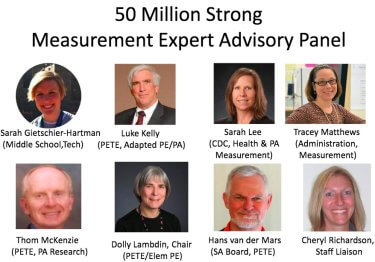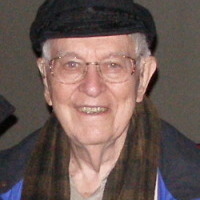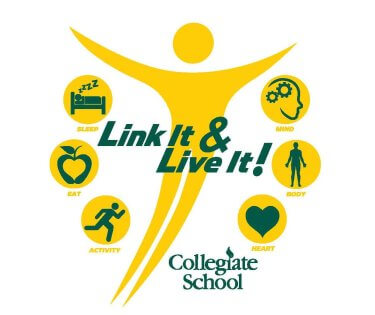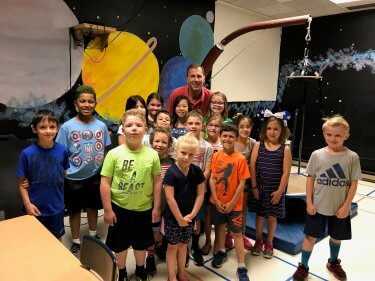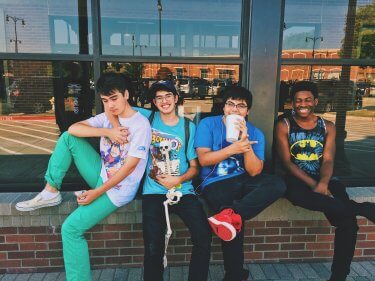Engaging all of the nation’s youth in physical activity and guiding them toward lives in which they are enthusiastically committed to choosing healthy lifestyles is no small feat. SHAPE America’s 50 Million Strong by 2029 commitment seeks to accomplish this through the work of America’s many thousands of health and physical educators. However, the state of health and physical education in US schools remains challenging (SHAPE America, 2016). Many States are cutting or providing waivers for time required for quality health and physical education. Additionally, many have not established policy for children to be active before, during, and after school (SHAPE America, 2016).
In the 2016 Shape of the Nation it was reported that, “although effective physical education and physical activity programs are essential in the formative growth of children, there is a large disparity in state requirements and implementation, affecting children’s abilities to engage in and benefit from these programs” (Shape of the Nation, 2016, p. 4). Given the current status of physical education in America’s schools, for SHAPE America’s ambitious 50 Million Strong commitment to succeed, effective advocacy for quality physical and health education and increased physical activity time in schools is vital.
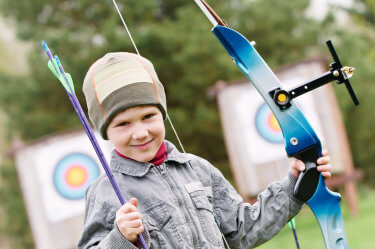
To create quality and effective health and physical education programs across all schools throughout the nation in the 21st century is clearly going to be a monumental task. And it’s going to be especially difficult in schools where principals and teachers feel pressured to provide as much core content time as possible so that students pass standardized tests. However, it may be possible for physical and health educators and promotors of physical activity to help schools advance their academic mission while simultaneously implementing their own quality programs. But to do this, teachers will need to be equipped with the appropriate information and data in order to craft the right “pitch” to stakeholders.
